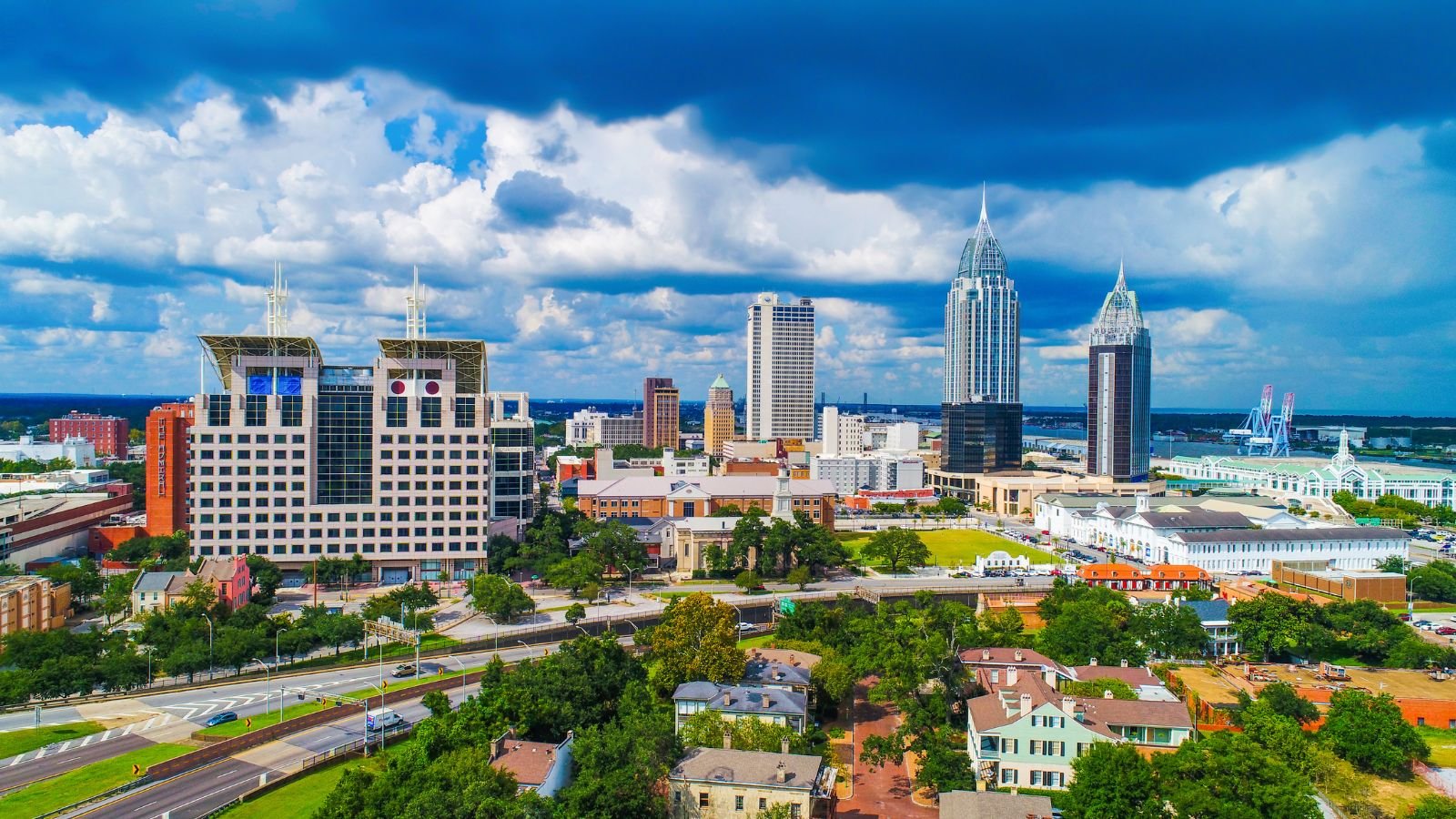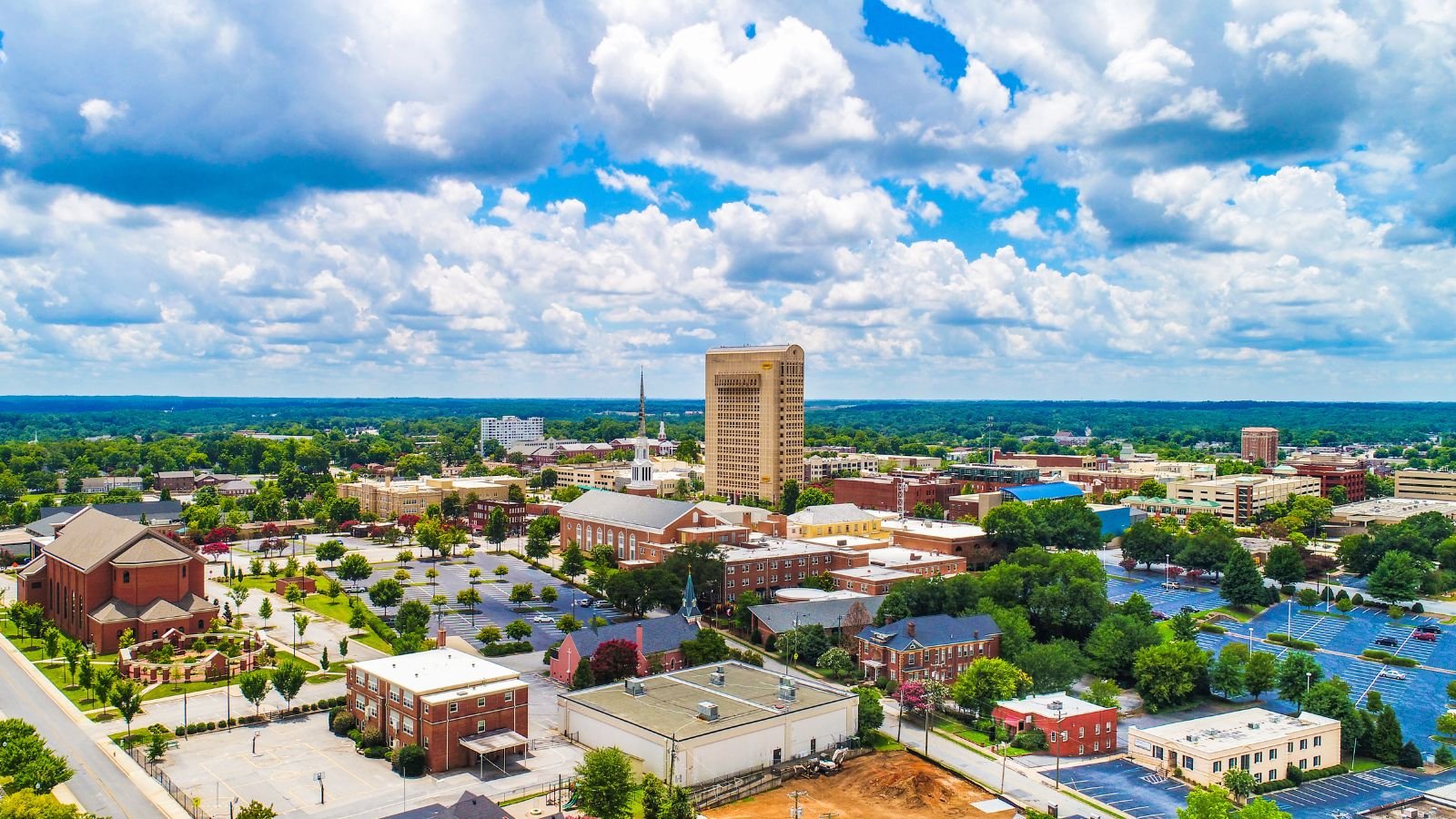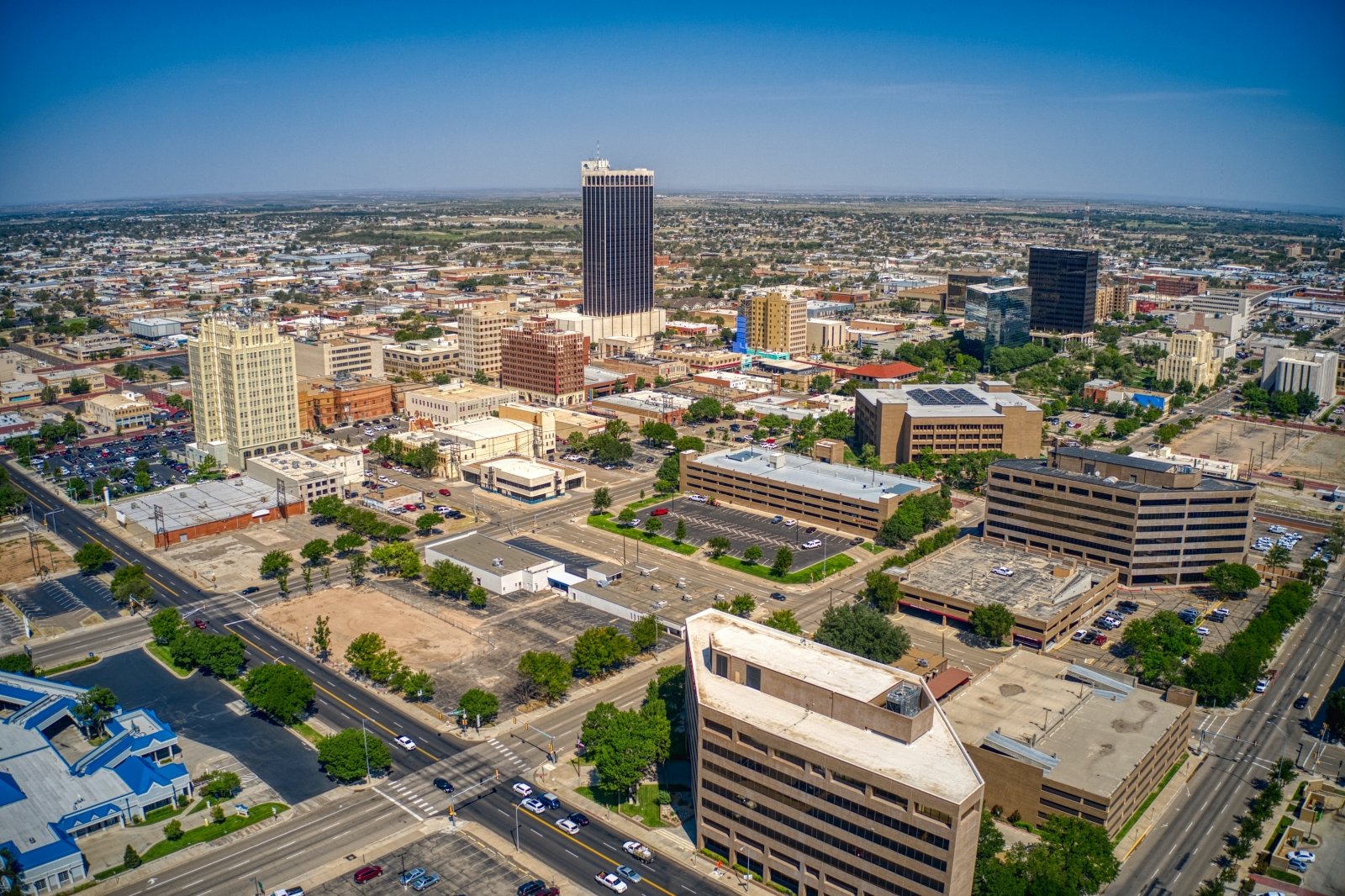Life expectancy acts as a crucial indicator of a city’s overall health. It depends on access to healthcare, lifestyle choices, and socio-economic factors. Despite advancements in healthcare and living standards, certain US cities face significant challenges. This leads to a lower life expectancy compared to other cities.
This article highlights 20 cities with the lowest life expectancy in America based on a study by Money Geek. The study analyzed life expectancy data for 118 major metropolitan areas in the United States, focusing on those with populations exceeding 250,000. The data source for this study was County Health Rankings.
Jackson, MS

Jackson has high obesity and diabetes rates, affecting many residents’ health. The city’s limited healthcare access exacerbates existing health challenges. Economic disparities hinder the community’s ability to seek timely medical care. These issues collectively result in Jackson’s reduced life expectancy.
- Average life expectancy: 74.4
Mobile, AL

Mobile faces economic and healthcare disparities that undermine its public health. Heart disease and stroke are prevalent, contributing to the city’s health issues. Many residents lack access to preventive care and health education. These factors create a complex health crisis in Mobile.
- Average life expectancy: 74.4
Birmingham-Hoover, AL

Chronic illnesses like cardiovascular diseases plague the Birmingham-Hoover area. Socio-economic inequalities negatively impact residents’ health outcomes and life expectancy. The limited access to healthcare facilities exacerbates the prevalence of preventable diseases. These challenges mirror broader issues within the region’s public health system.
- Average life expectancy: 74.6
Montgomery, AL

Montgomery’s health disparities stem from socio-economic status and access to care. The city sees a notably high prevalence of diabetes. Inadequate healthcare infrastructure complicates obtaining necessary treatments. These factors contribute to Montgomery’s lower life expectancy.
- Average life expectancy: 74.7
Beaumont-Port Arthur, TX

Industrial pollution in Beaumont-Port Arthur harms air quality and public health. Lung cancer and respiratory diseases are significant concerns here. Many residents lack access to adequate healthcare, leaving them without essential treatment. These environmental and healthcare challenges impact the region’s life expectancy.
- Average life expectancy: 75.2
Memphis, TN-MS-AR

Memphis deals with severe socio-economic challenges linked to health disparities. The community faces alarming obesity and hypertension rates. Uneven access to quality healthcare further exacerbates these issues. These factors lead to a lower life expectancy for Memphis’s population.
- Average life expectancy: 75.5
Knoxville, TN

Knoxville has a high prevalence of substance abuse and its public health impact. Heart disease poses another significant challenge in the city. Healthcare access inequities exacerbate Knoxville’s health issues. These combined crises result in a lower life expectancy for its residents.
- Average life expectancy: 75.5
Little Rock-North Little Rock-Conway, AR

The Little Rock metro area faces health disparities, including high obesity rates. Healthcare access varies widely across different communities. Diabetes prevalence impacts the area’s overall life expectancy. These challenges underscore the need for comprehensive public health strategies.
- Average life expectancy: 75.6
Spartanburg, SC

Spartanburg encounters high rates of chronic diseases, affecting life expectancy. Socio-economic factors drive healthcare access disparities in the area. Lifestyle-related health issues contribute to the city’s lower life expectancy. Addressing these health disparities is crucial for improving Spartanburg’s health outcomes.
- Average life expectancy: 75.9
Chattanooga, TN-GA

Chattanooga’s life expectancy suffers from socio-economic and lifestyle factors. Smoking and obesity significantly contribute to the city’s health challenges. Many residents face persistent healthcare access issues. These factors collectively undermine Chattanooga’s community health and longevity.
- Average life expectancy: 76.0
Jacksonville, FL

Jacksonville’s poor diet and physical inactivity contribute to its health issues. Economic disparities impact the community’s healthcare access. Heart disease prevalence lowers the city’s life expectancy. Targeted public health interventions are necessary to address these challenges.
- Average life expectancy: 76.1
Scranton-Wilkes-Barre, PA

Industrial pollution in Scranton-Wilkes-Barre affects respiratory health and life expectancy. Barriers to quality healthcare persist, leaving many without adequate care. The high smoking rate and related diseases contribute to the lower life expectancy. These issues highlight the need for healthcare and environmental reforms.
- Average life expectancy: 76.1
Greenville-Anderson, SC

Greenville-Anderson faces health disparities driven by socio-economic factors. Obesity rates lead to a higher prevalence of chronic disease. Limited access to preventive healthcare services affects many residents. These factors negatively influence the area’s life expectancy.
- Average life expectancy: 76.2
Roanoke, VA

Roanoke contends with high rates of chronic diseases across its population. Socio-economic inequalities significantly limit healthcare access and outcomes. Lifestyle factors, including diet and exercise habits, impact the city’s health. Addressing these challenges is key to improving Roanoke’s life expectancy.
- Average life expectancy: 76.2
Lynchburg, VA

Lynchburg’s healthcare access issues contribute to its health disparities. Diabetes prevalence is high, affecting residents’ longevity. Socio-economic factors further exacerbate health outcomes in the community. Comprehensive healthcare strategies are vital for addressing these challenges.
- Average life expectancy: 76.3
Savannah, GA

Socio-economic and environmental factors influence Savannah’s health. Chronic diseases like heart disease are prevalent and concerning. Varied access to quality healthcare affects the community’s life expectancy. Enhancing Savannah’s public health requires addressing these disparities.
- Average life expectancy: 76.3
Amarillo, TX

Amarillo tackles public health challenges, including obesity and chronic diseases. Environmental factors like air quality also impact health. Healthcare access disparities contribute to the city’s lower life expectancy. Targeted interventions and policies are necessary to address these issues.
- Average life expectancy: 76.3
Lafayette, LA

Lafayette faces lifestyle-related health challenges, including high obesity rates. Uneven healthcare access affects residents’ chronic condition management. Socio-economic disparities influence health outcomes significantly—these factors collectively lower Lafayette’s life expectancy.
- Average life expectancy: 76.4
Shreveport-Bossier City, LA

Shreveport-Bossier City deals with health disparities and chronic disease rates. Limited healthcare services exacerbate these health challenges. Socio-economic factors affect residents’ health outcomes and life expectancy. Improving community health here requires addressing these critical issues.
- Average life expectancy: 76.4
Tulsa, OK

Tulsa grapples with complex health challenges, such as heart disease and diabetes. Socio-economic disparities limit access to healthcare for many. Environmental pollution also plays a role in public health issues. Comprehensive strategies are essential to tackle Tulsa’s multifaceted health concerns.
- Average life expectancy: 76.4
